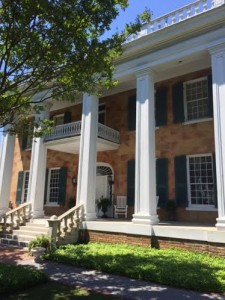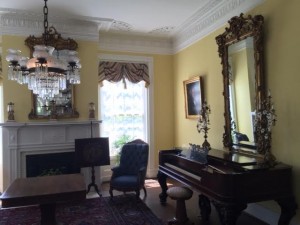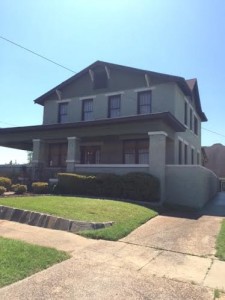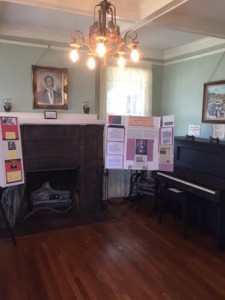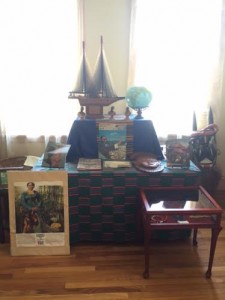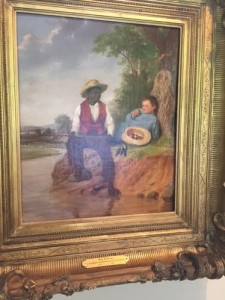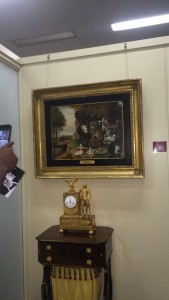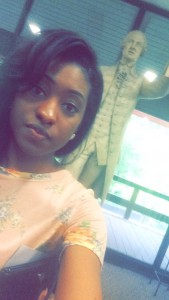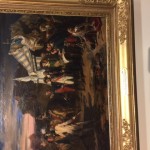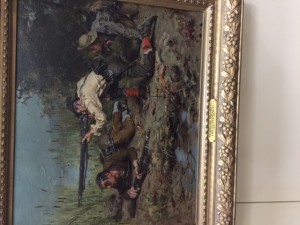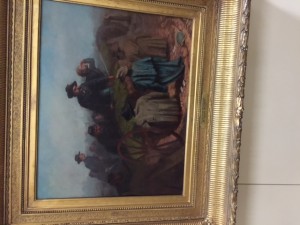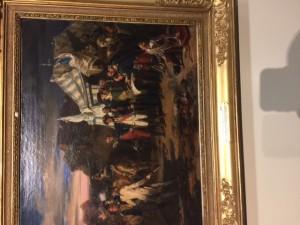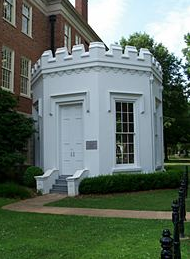Krystal Fitzgerald
Murphy African American Museum (4/28/15)
Murphy African-American Museum is the former house of Mr. and Mrs. Will Murphy. Mr. Murphy is known for being the first African American mortician in the Tuscaloosa area. Meanwhile, being a man of wealth and nobility, he purchased this property close to the line of segregated housing in 1923. This residency was the divide between white and black neighborhoods. This home is now an educational museum that houses exhibits and information that enhance the knowledge of African Americans contributions to the world.
During the course of the semester, we discussed a topic that correlates to one of the parts of this museum. The African Room is enclosed with many pieces of antique furniture, clothing, and instruments from Africa. However, in the center of a room is one of the most important pieces that is relevant to our course. There is a ship that sits center room that transferred slaves from Europe to the Americas. According the class lecture, most slaves were taken to Brazil and the Caribbean. This transportation of enslaved Africans is better known as the Transatlantic Slave Trade.
The Transatlantic Slave Trade was the selling of Africans as a commodity for labor. Therefore, slaves were seen as property and were sold as quickly as possible. Meanwhile, the ships were loaded with slaves who suffered brutal treatment. Many died during the transport; but for those who survived, there was work to be done to accumulate wealth for Europeans and whites. Upon their arrival, many slaves began to escape and later become “free”.
